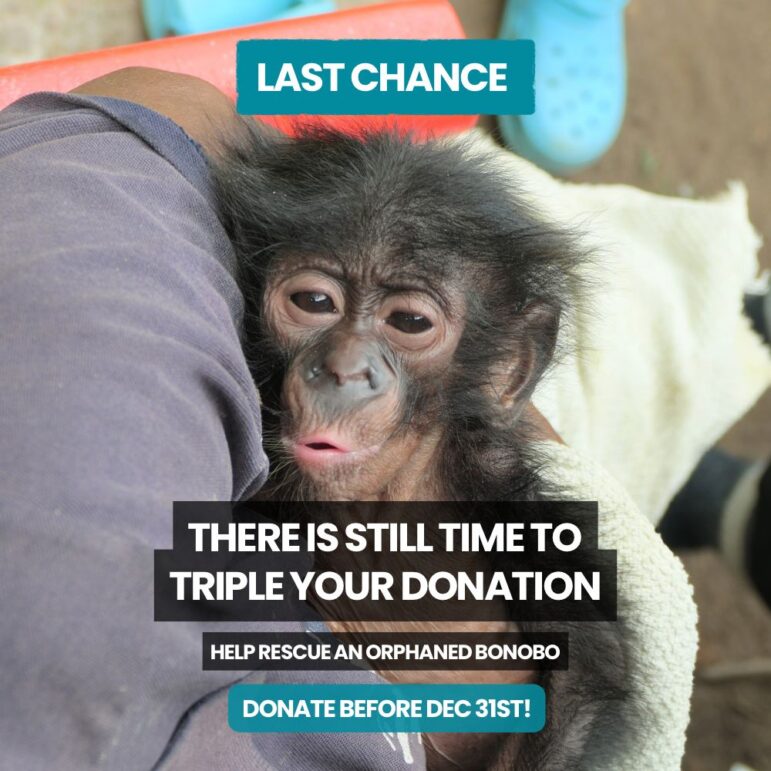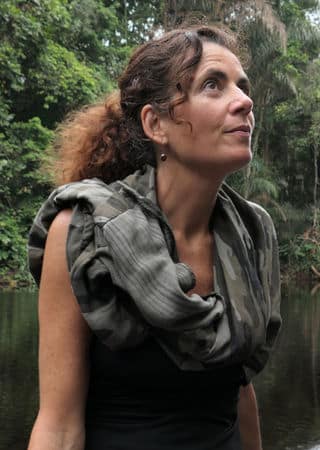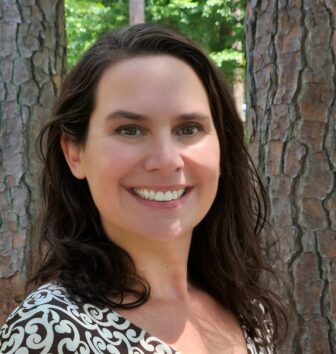Part one of a two-part story of an ecotourist’s experience at the world’s only sanctuary for endangered bonobos.
The Democratic Republic of the Congo is one of the few countries on earth in which I never wanted to set foot. Bonobos lured me there, however, and after five days with the bonobos and the humans who live and work at the Lola ya Bonobo sanctuary, I dream of someday returning.
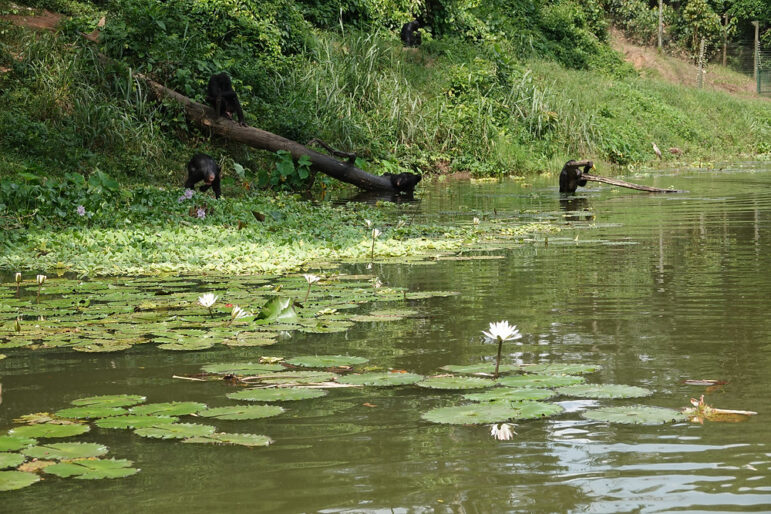
My husband Steve Wolfe and I traveled to Lola early in 2020, just weeks before governments around the globe began closing borders over concerns about the new COVID-19 virus. Seven years earlier we had been mesmerized by Vanessa Woods’ marvelous memoir, Bonobo Handshake: A Memoir of Love and Adventure in the Congo. After reading it, I began visiting the bonobos at the zoo in San Diego (our home); eventually I wrote an article for a San Diego newsweekly about that historic colony. Out of that experience grew an intense desire to see bonobos in the paradise created by Claudine André.
Traveling to the Congo
Getting to Lola ya Bonobo is not uncomplicated. Steve and I persisted, however, and on January 15, 2020, we boarded a non-stop Rwandair flight from Kigali (the capital of Rwanda) to the DRC’s capital, Kinshasa, both of us feeling a mixture of excitement and anxiety. The Congo has a dark, violent history, one still playing out unpredictably. Would we be safe? Comfortable? Able to converse with anyone at the reserve? (My French is rusty and Steve’s is worse.)
The flight took less than three hours, and throughout it, Steve was glued to the window of our Boeing 737, enthralled by the roadless dark-green arboreal sea below, an expanse punctuated only by irregular lakes the color of coffee with milk.
We landed to find Kinshasa’s old airport still sporting Christmas decorations; their incongruity made me smile. We moved with no problem through passport control and collected our bags, then easily found Constant, the driver sent to transport us to Lola. I wondered anew whether we would join other visitors at Lola – or be the only two. But these and other questions receded as we took in the urban jungle that’s Kinshasa: outrageous traffic streaming through the littered, broken streets, throngs of people hustling to street markets and beyond.
Meeting Lola’s Founder
Our spirits soared when we learned we would be picking up Claudine André from her Kinshasa home. We had met Claudine briefly a few years earlier in San Diego. Although she founded and ran the bonobo sanctuary for decades, she’s now technically retired, and her daughter Fanny Minesi is executive director. But Fanny and her husband, Raphael, Lola’s chief veterinarian at the time, were traveling that week, so Claudine would be onsite for part of their absence. The chance to spend some time with her felt to Steve and me like a priceless gift.
Claudine may well be the most extraordinary person Steve or I have ever met.
Brought to Congo as a three-year-old by her mother and father, a Belgian veterinarian, she spent her childhood in eastern and central Congo, then had to leave (with her family) in 1960, when the country achieved independence. But she soon returned, married and had a family, developed a career as an art dealer, survived a war.
By 1993 she was working frantically to save the pathetic population in the city’s beleaguered zoo. In the course of that adventure, someone gave her an orphaned baby bonobo. Claudine became its surrogate mother, and her life was never the same.
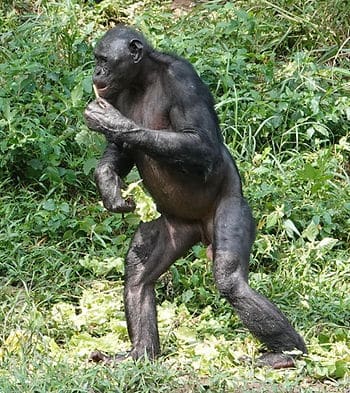
In 2000, through an extraordinary twist of events, she managed to raise more than $200,000 to buy a beautiful piece of property 20 miles south of Kinshasa. It had once been a weekend retreat for the Congolese dictator Mbutu Sese Seko.
Claudine relocated the primates there, and today the property is home to more than 70 bonobos. Moreover, the Lola team 10 years ago began releasing some bonobos to a protected section of the equatorial rainforest about 500 miles northeast of the capital.
A Tropical Garden
Within moments of arriving at the sanctuary, any illusion that Steve and I would be roughing it melted away. The section of Lola reserved for human activity feels like a tropical garden, one that harbors a couple of guesthouses. Along with Claudine, we stayed in one of those simple but immaculate (air-conditioned) havens and ate delicious meals on its open-air front porch.
We met the indomitable Suzy Kwetuenda, who took charge of us throughout the five days of our stay.
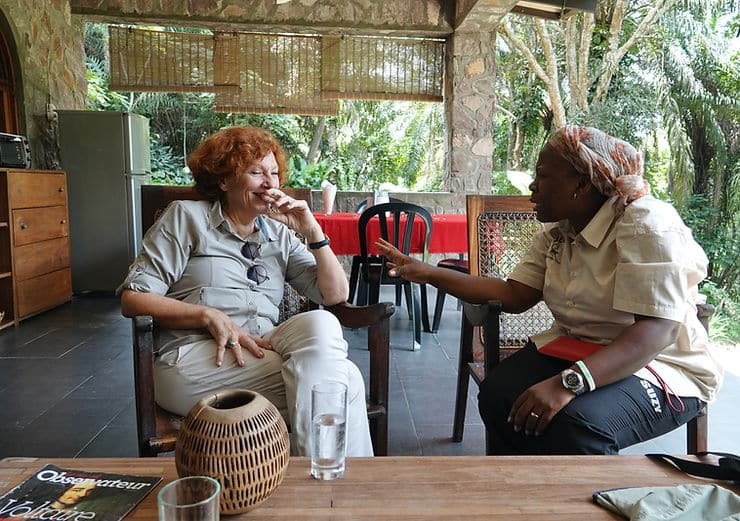
Born in the eastern Congo, Suzy and her family fled to Kinshasa to escape the grisly warfare in the region. Near the end of her university studies in biology, she heard about the recently opened bonobo sanctuary, paid a visit, and fell instantly in love with the amazing creatures being nurtured there. Today she serves as Director of Bonobo Wellness.
Life Among Bonobos
We never held or cuddled any bonobos during our time at Lola. That’s prohibited, to minimize any possibility of human-to-bonobo disease transmission. But our days at the sanctuary plunged us deeply into bonobo society. We spent hours observing the babies at play in their “nursery;” we watched them get their morning baths and be tucked into their hammock beds.
We participated in feeding sessions for the adult groups. We toured the infirmary and on another occasion watched the preparation of the bonobos’ daily meals (a mixture of corn meal, wheat flour, sesame seeds, bananas, and more.)
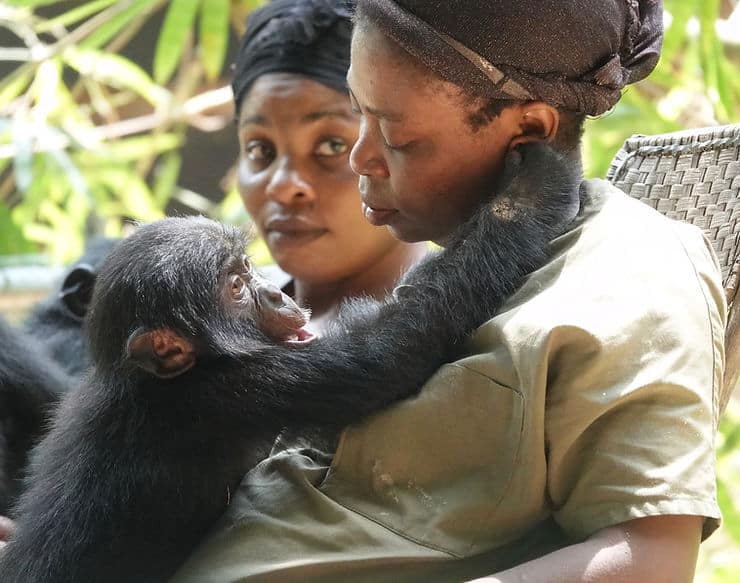
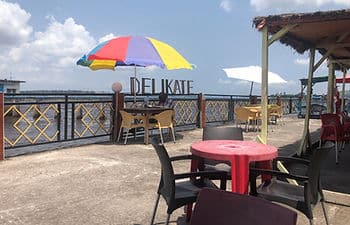
We wanted to see a bit more of Kinshasa, and one morning Constant took us on a driving tour that allowed us to spend time in a craft market and sip soft drinks in a café overlooking the legendary Congo River. It was a fun footnote.
But the most unforgettable parts of our stay in the sanctuary were the hours we spent watching the bonobos in their wild haven, snacking and grooming each other, making love and lounging in the river, looking so different from us homo sapiens but so very familiar.
In my next post I’ll describe the logistical challenges and practical considerations for travelers interested in making a visit to Lola.
Jeannette De Wyze was a journalist at the San Diego Reader, where she wrote cover stories and news articles for 30 years. Today she’s a bonobo lover and supporter and the volunteer liaison between Women’s Empowerment International and the Nyaka Grannies Project in Uganda. She also raises puppies to be service dogs for Canine Companions for Independence and is an active blogger.
